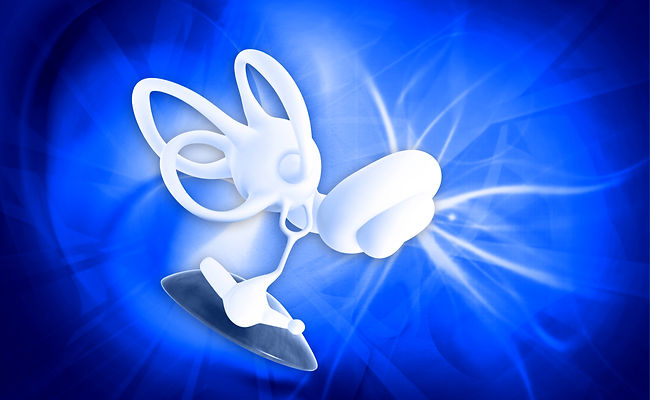VESTIBULAR SYSTEM

WHAT IS THE VESTIBULAR SYSTEM?
The vestibular system is a sensory apparatus found in the inner ear, the balance nerve that travels to the brain and central vestibular nuclei and pathways found in the brain. The vestibular system senses motion and provides information to the brain to allow us to maintain balance while we are standing still and while we are moving. Disorders of the vestibular system cause a common set of symptoms as noted above.
The vestibular apparatus in the inner ear is made of 5 sensory organs:
-
3 semicircular canals
-
the utricle
-
the saccule
The semicircular canals detect rotational movement like nodding or shaking your head, rolling over in bed or bending forward. The utricle and saccule detect gravity and vertical/horizontal movement like traveling along in a car or moving up and down in an elevator. This information is sent from the inner ear, through the balance nerve, into areas of the brain, which are then involved in coordinating movements of your eyes and head, and maintaining balance.
HOW DO WE MAINTAIN BALANCE
Maintaining our balance depends on the brain integrating information from 3 sources:
-
Our eyes (the visual system),
-
Our skin, muscles and joints (the proprioceptive system), and
-
Our vestibular organs in the inner ear (see the picture above), which together with the balance nerve and central vestibular pathways, make up our vestibular system.
Physiotherapists who are trained and certified in Vestibular Rehabilitation have a special skill set that allows them to assess vestibular function and balance impairment and to provide expert and effective treatment for patients with vestibular and balance problems.

